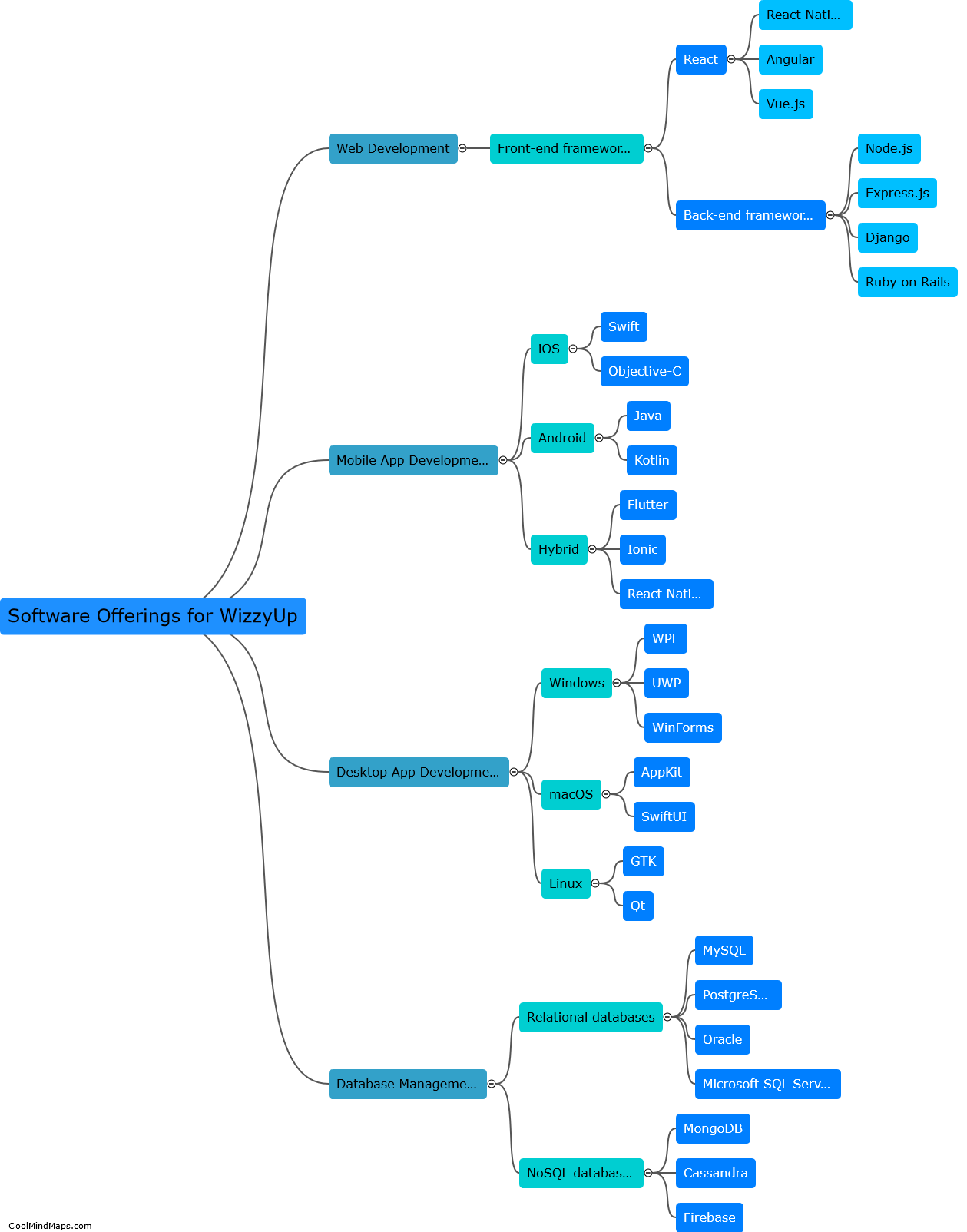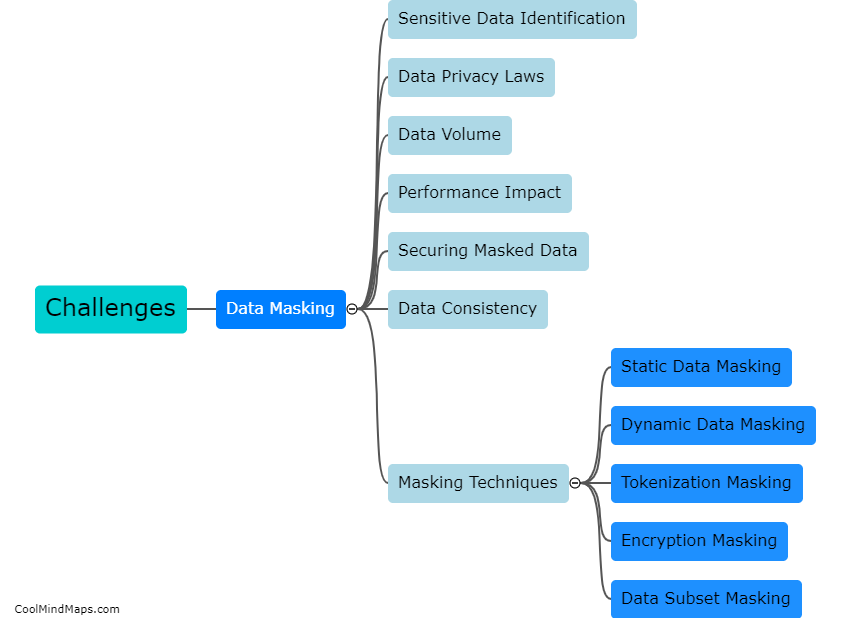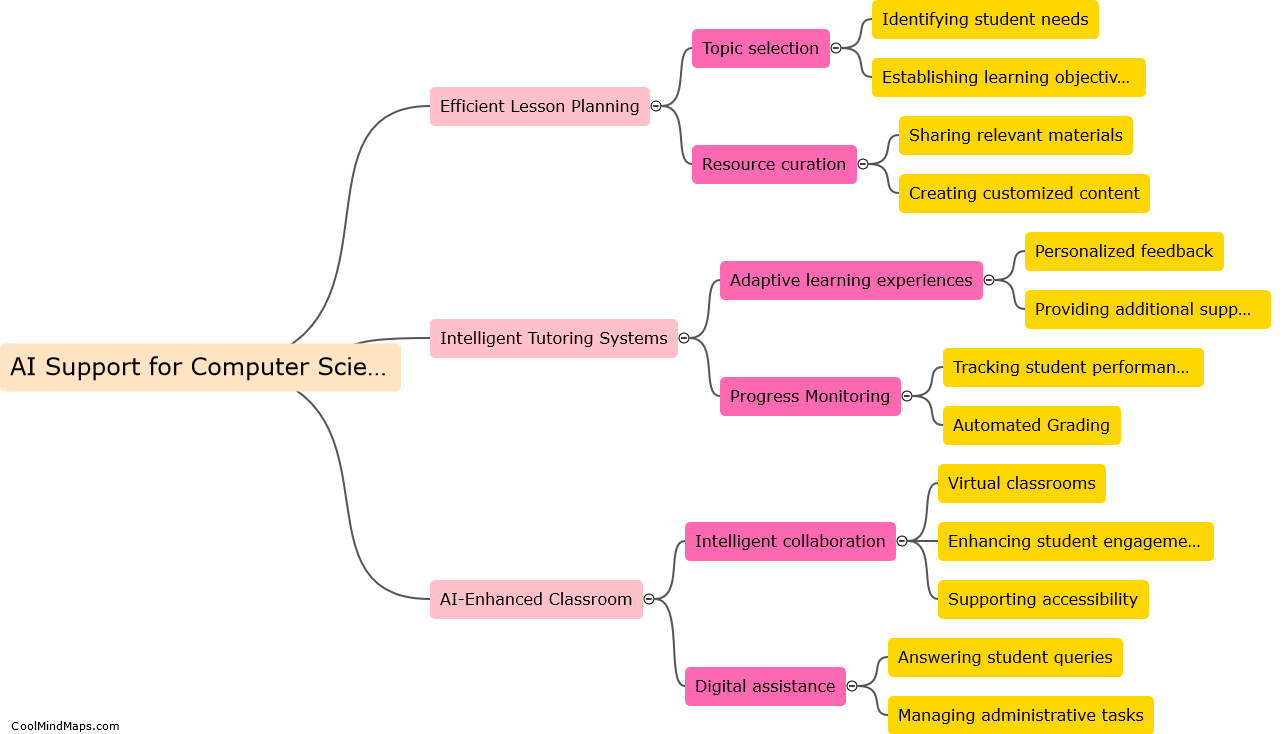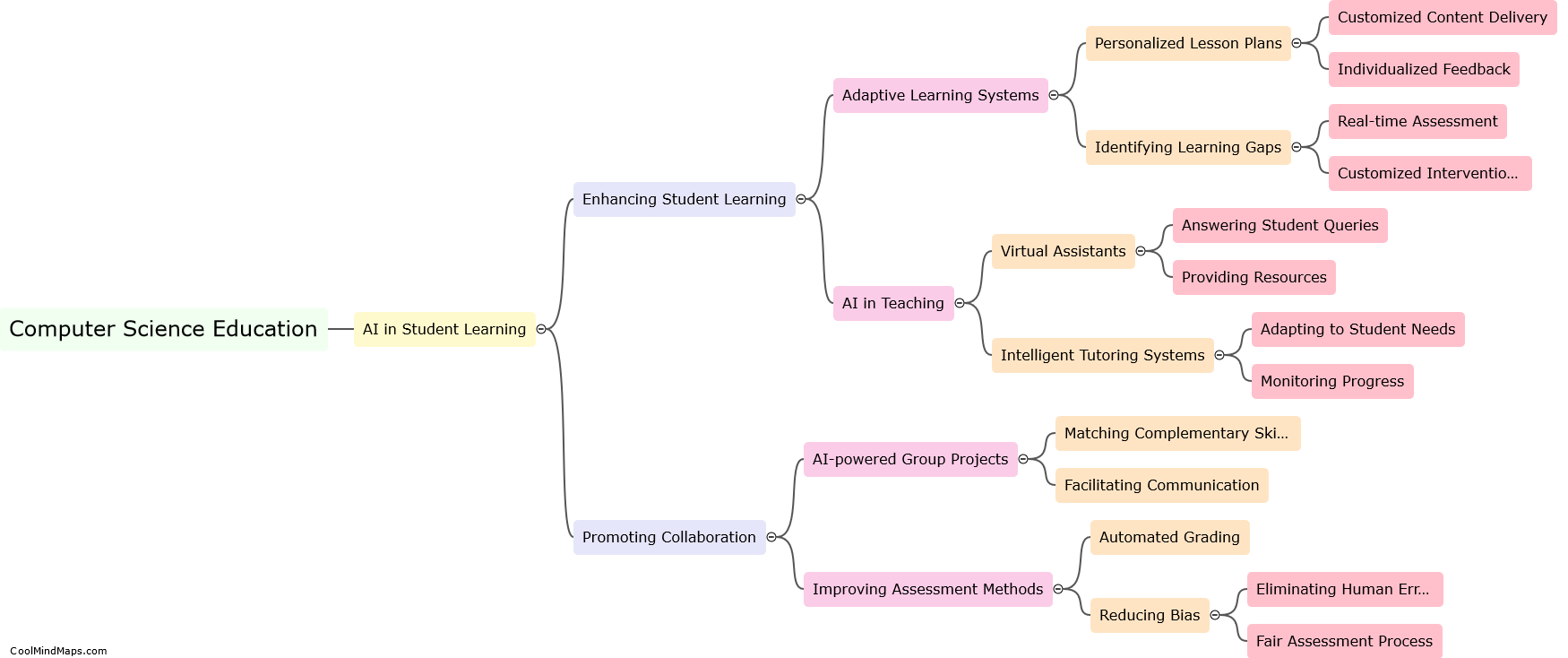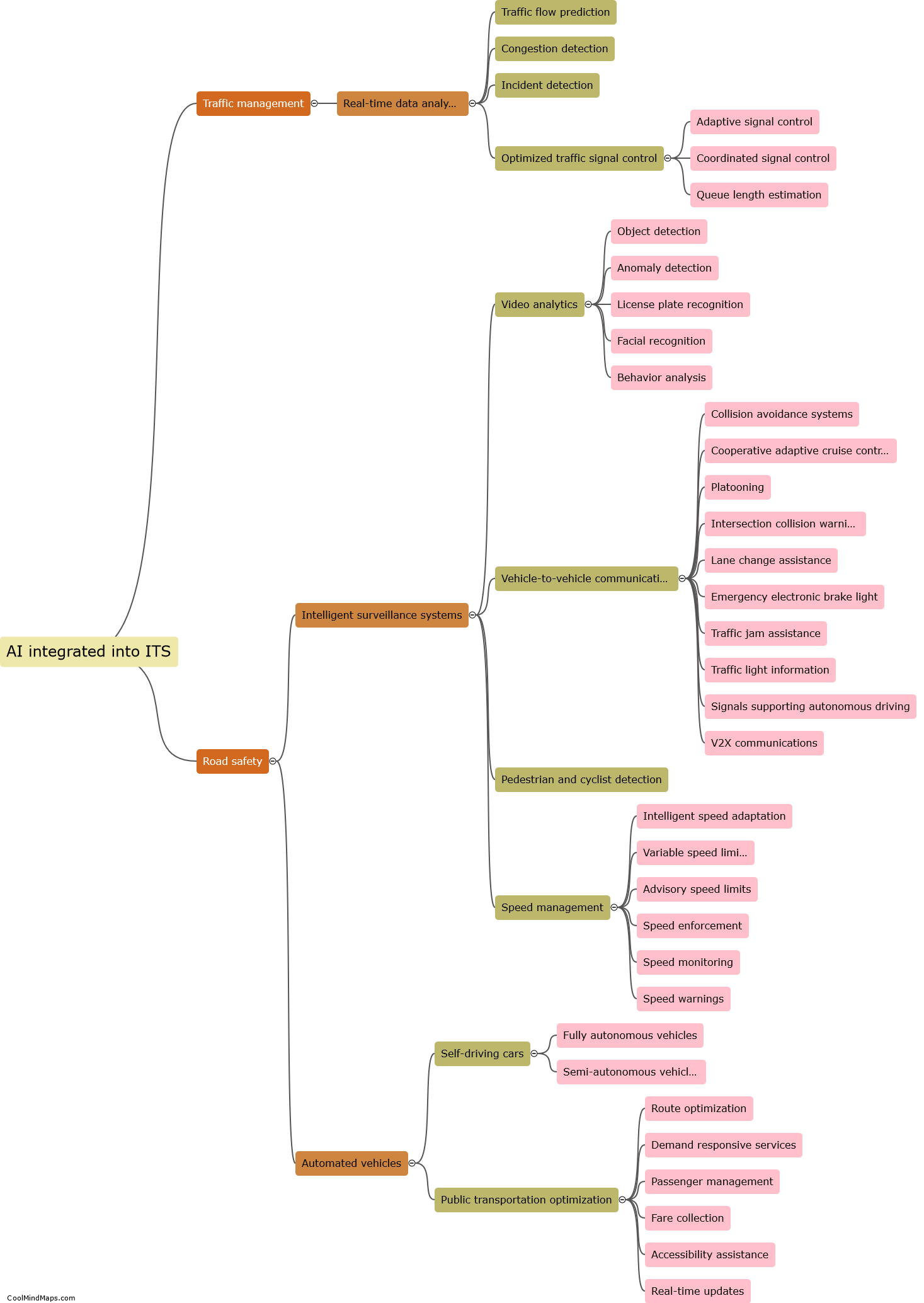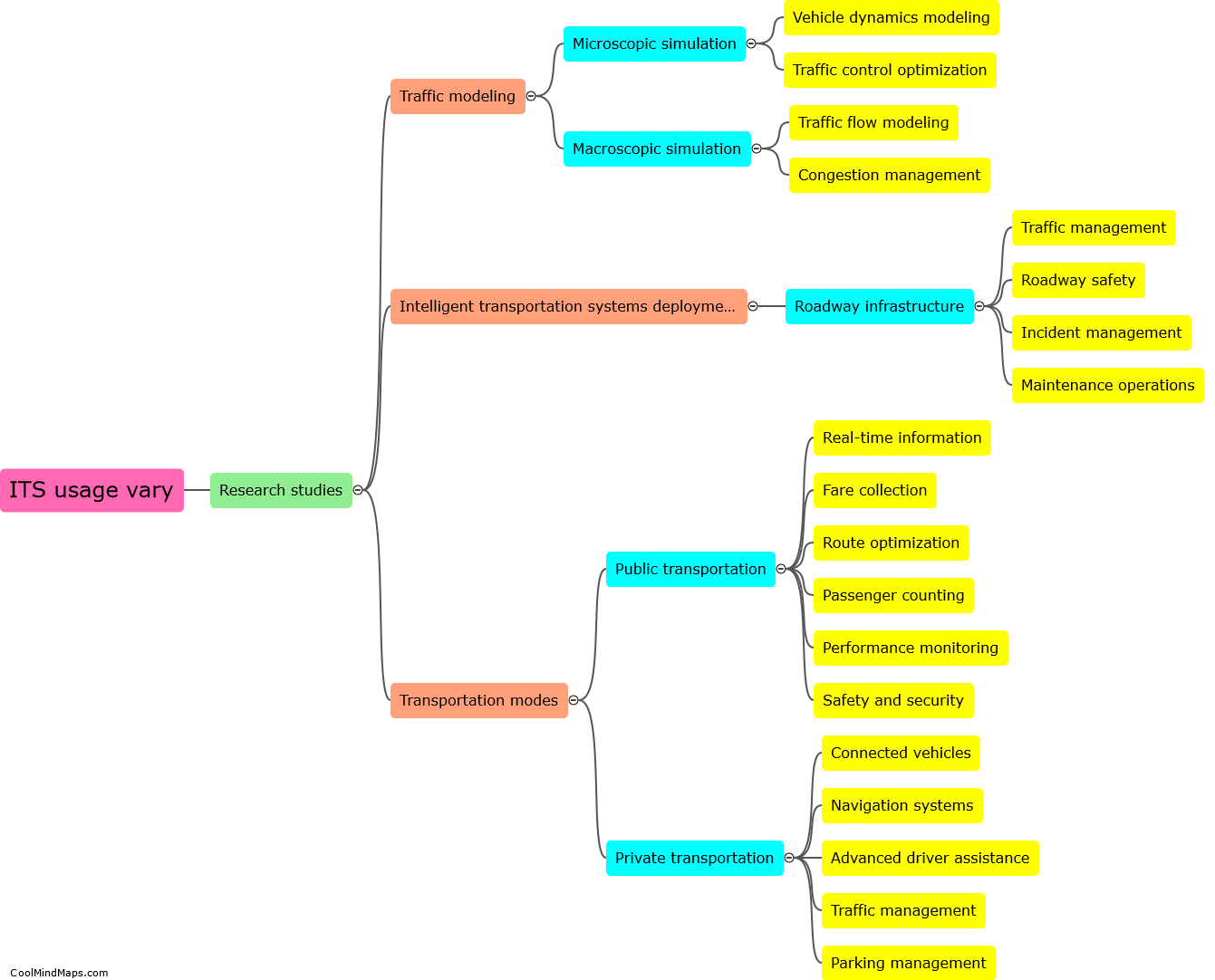What are the different types of ITS?
Intelligent Transportation Systems (ITS) encompass a wide range of technologies and applications that aim to enhance the efficiency, safety, and sustainability of transportation networks. There are several different types of ITS that play crucial roles in achieving these objectives. One type is Advanced Traffic Management Systems (ATMS), which utilize sensor data, traffic models, and control algorithms to optimize traffic flow and reduce congestion on roadways. Another type is Advanced Traveler Information Systems (ATIS), which provide real-time information to travelers about road conditions, alternative routes, and public transportation options. Additionally, ITS includes technologies like Electronic Toll Collection Systems (ETCS) that automate toll payment processes and improve traffic flow at toll booths. Other types of ITS include Incident Management Systems (IMS) for prompt response to accidents and emergencies, as well as Vehicle-to-Infrastructure (V2I) and Vehicle-to-Vehicle (V2V) communication systems that enable exchange of information for safer and more efficient driving.
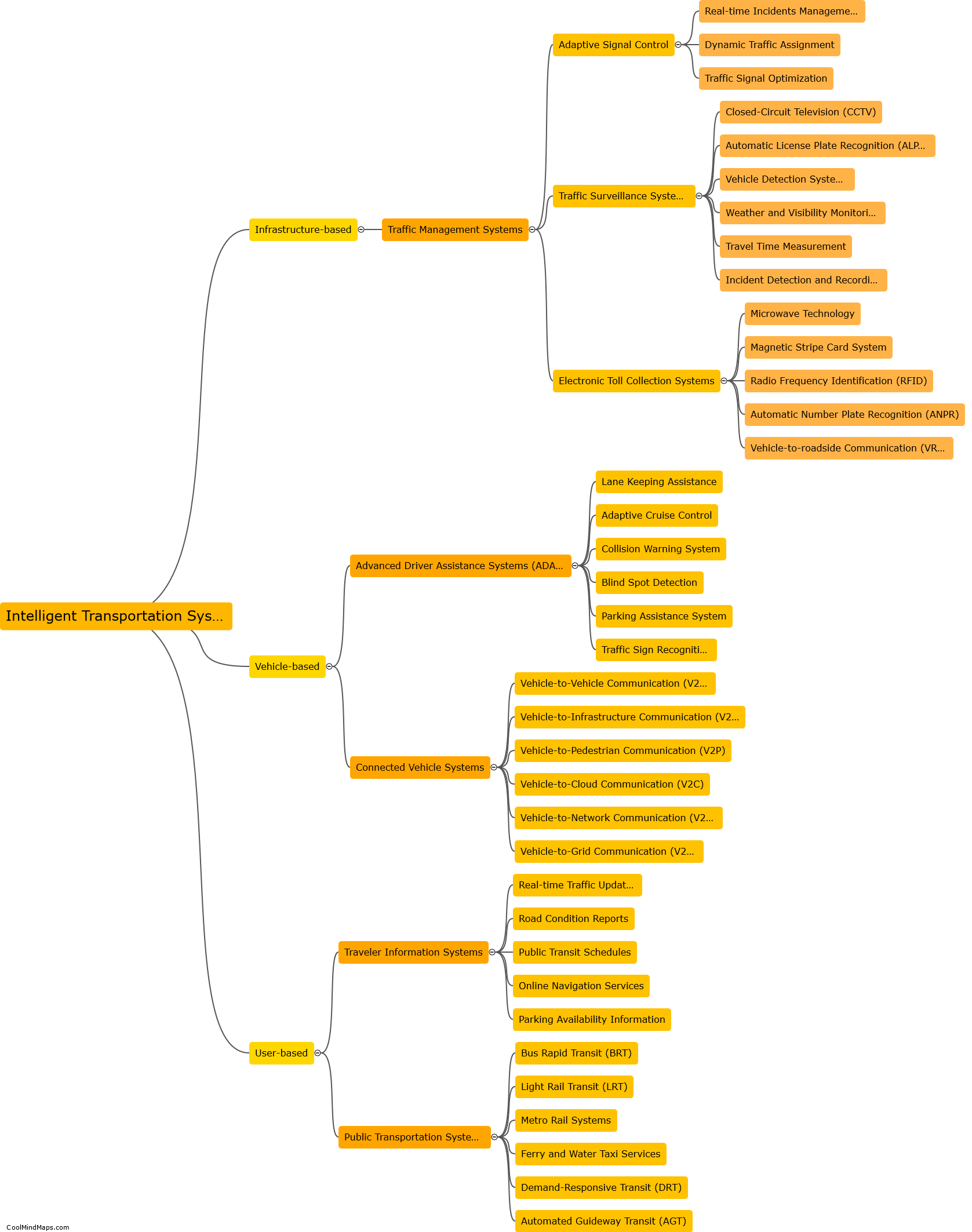
This mind map was published on 29 November 2023 and has been viewed 91 times.

